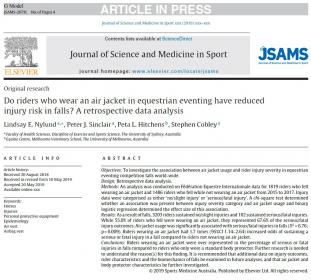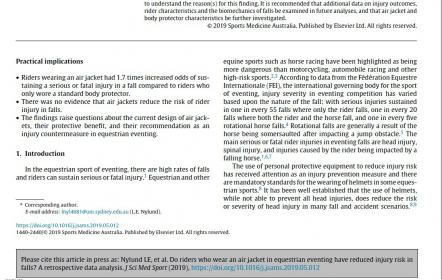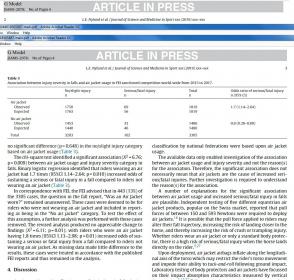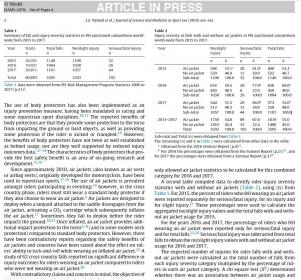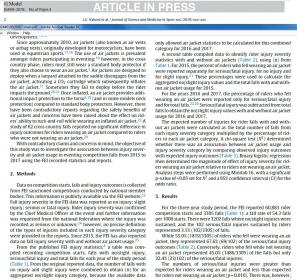This is part of the problem with the data, too. Injuries were classified as mild/moderate/severe by the Chief Medical Officer of the event where they occurred, without details about what the injuries were.
Quote from the paper:
“Fall injury severity in the FEI data was reported as no injury; slight injury; serious or fatal injury. Rider injury severity was confirmed by the Chief Medical Officer at the event and further information was requested from the national federation where the injury was recorded as serious or unknown;24 however, no precise definition of the types of injuries included in each injury severity category were provided in the reports.”

